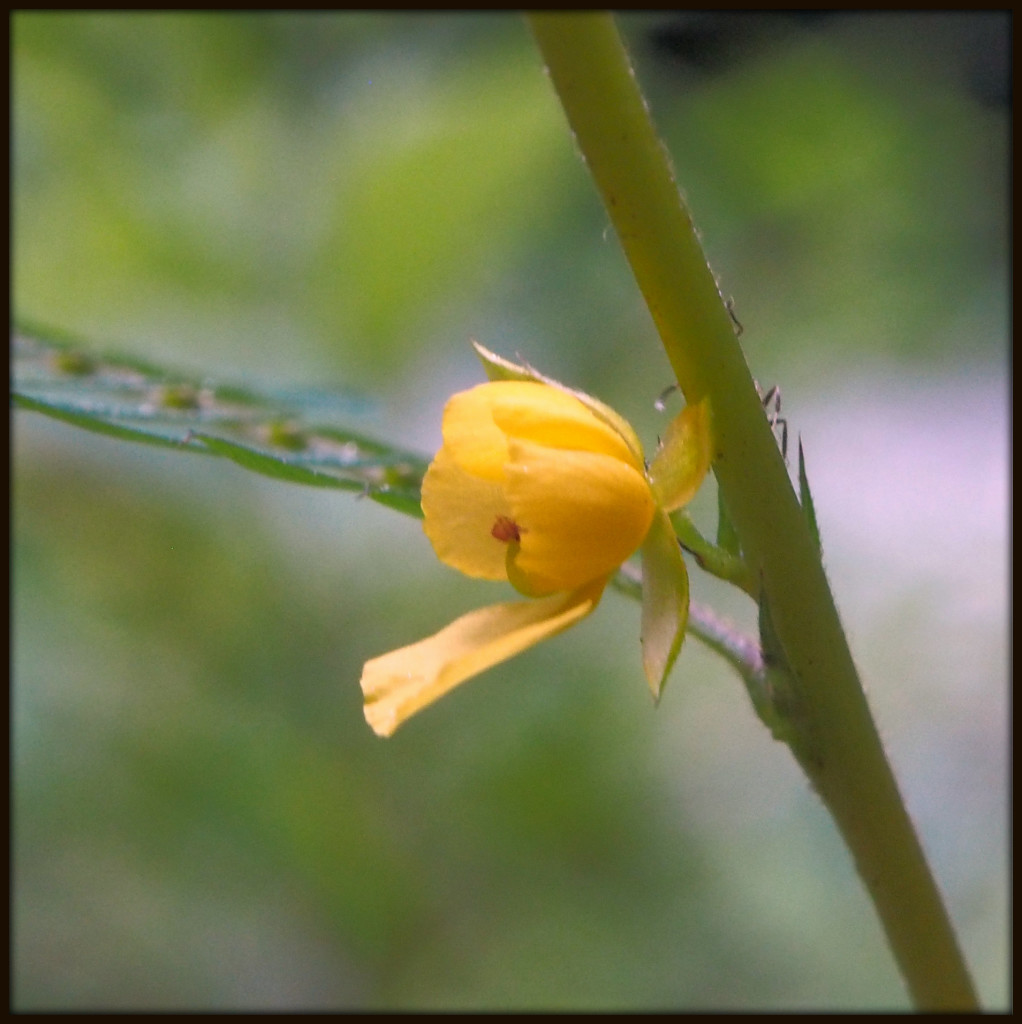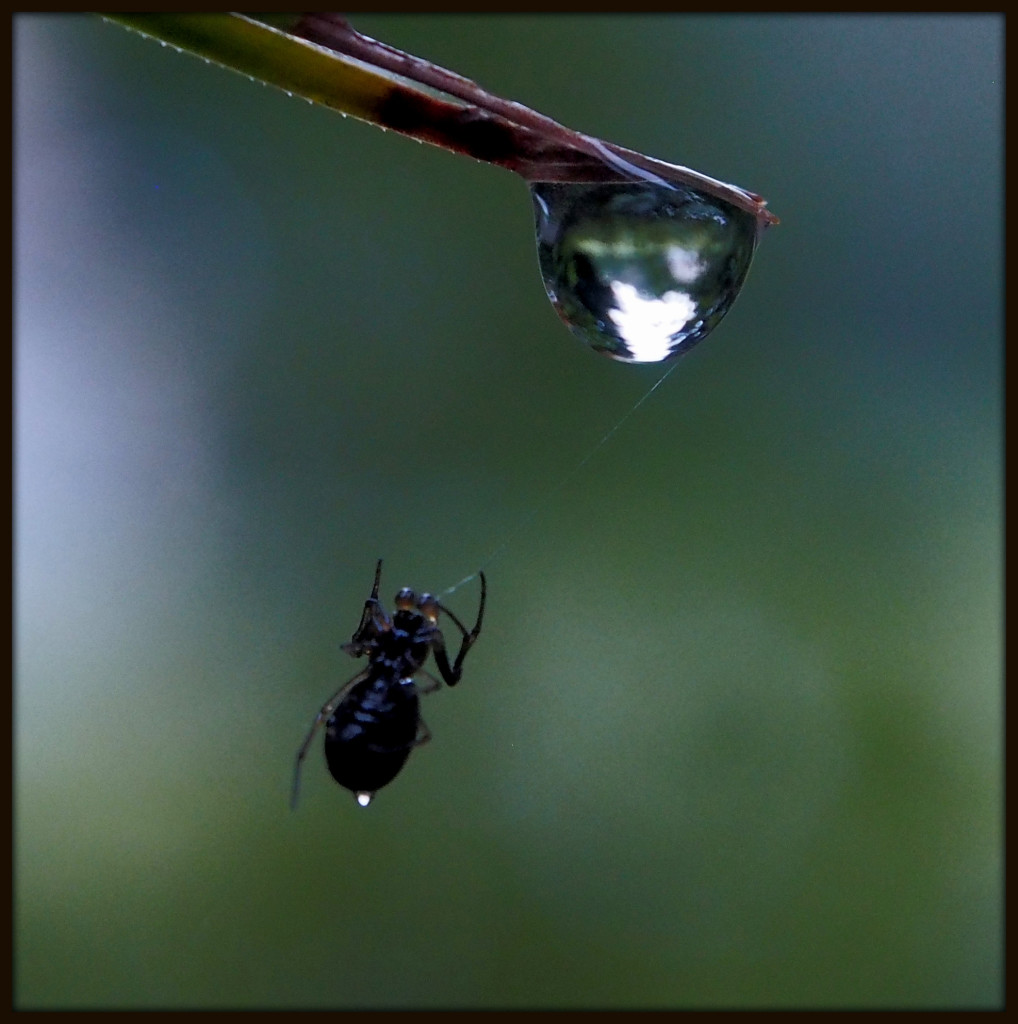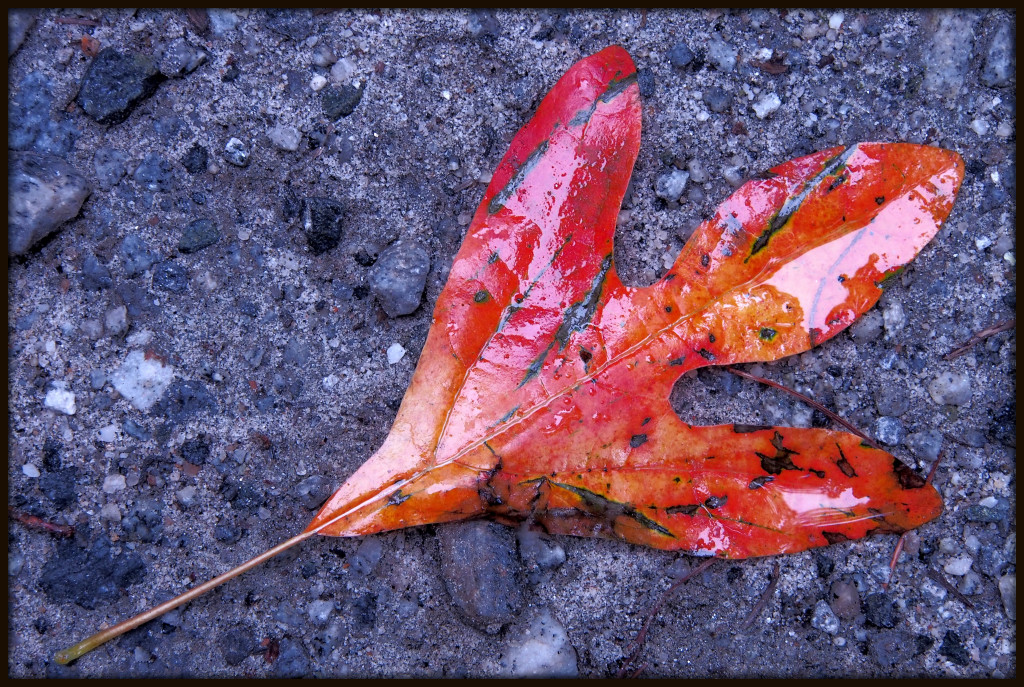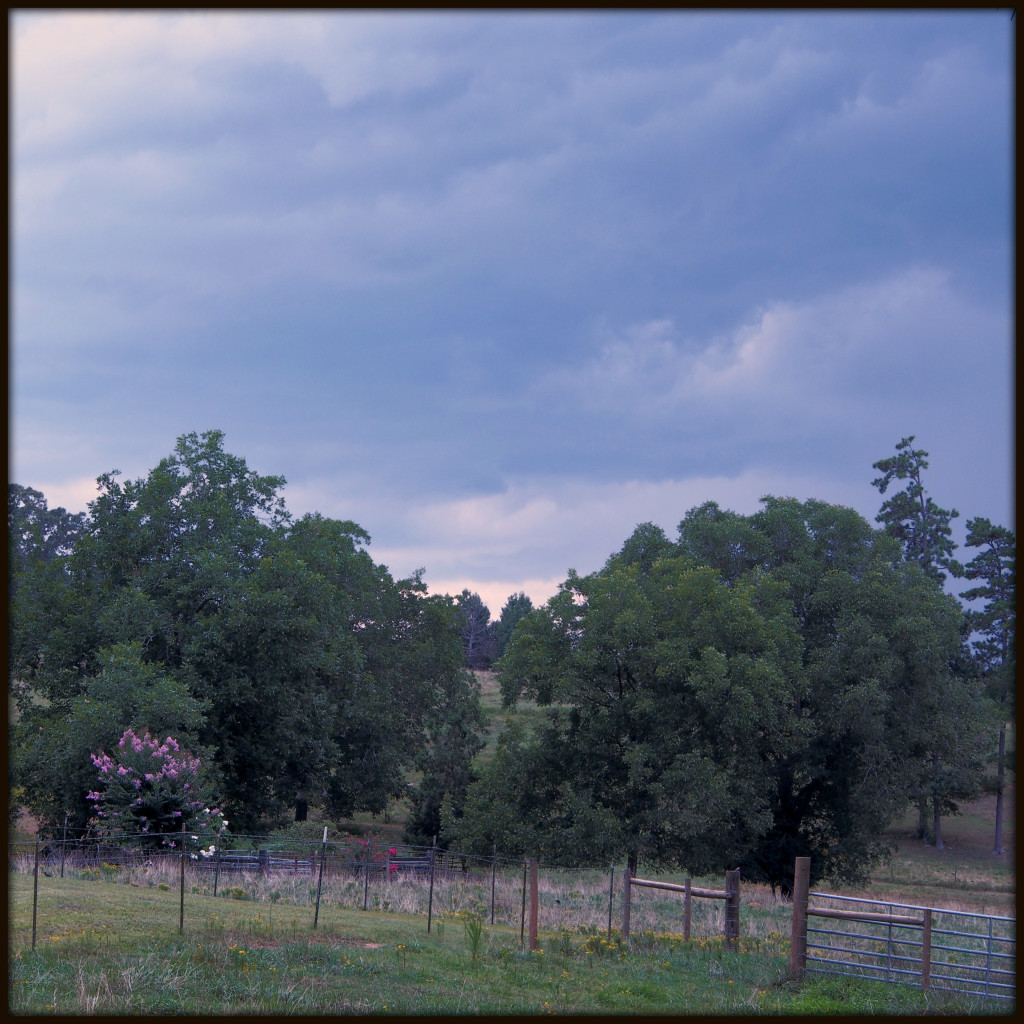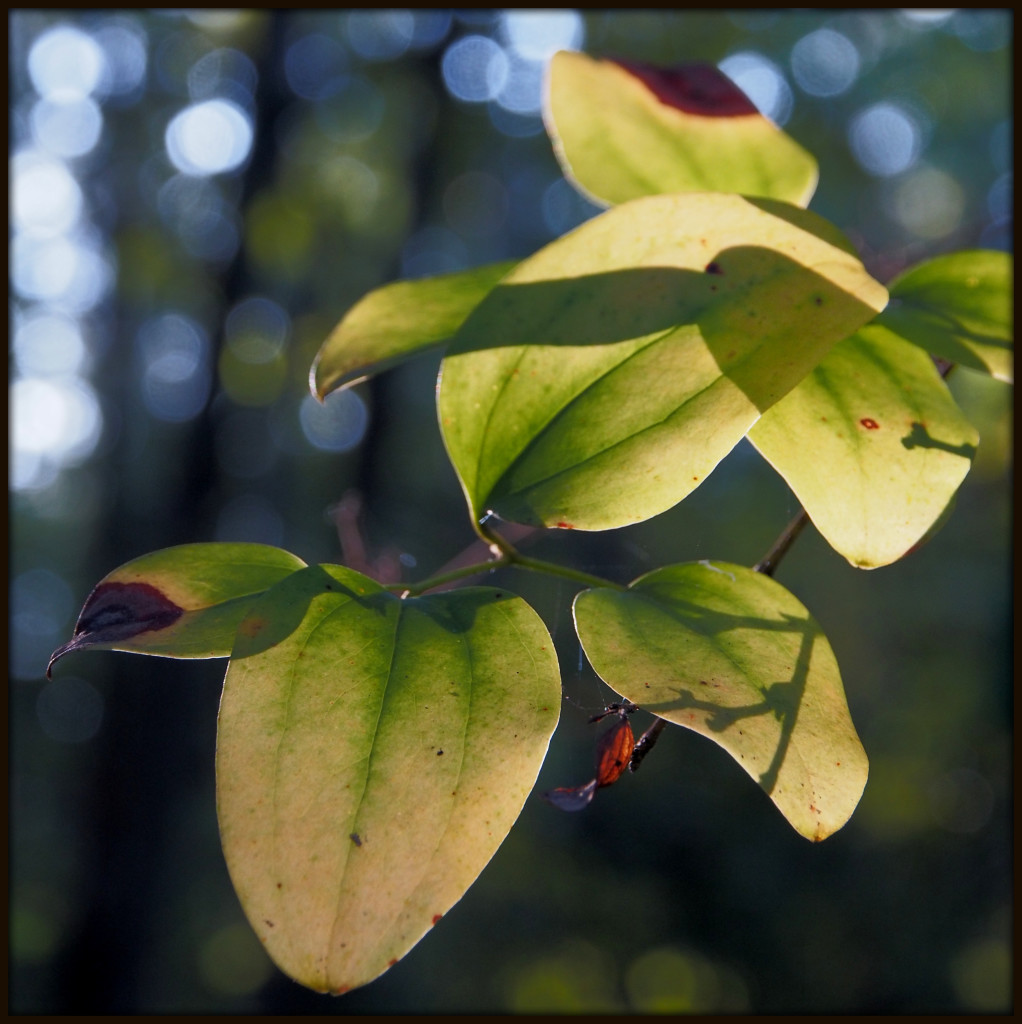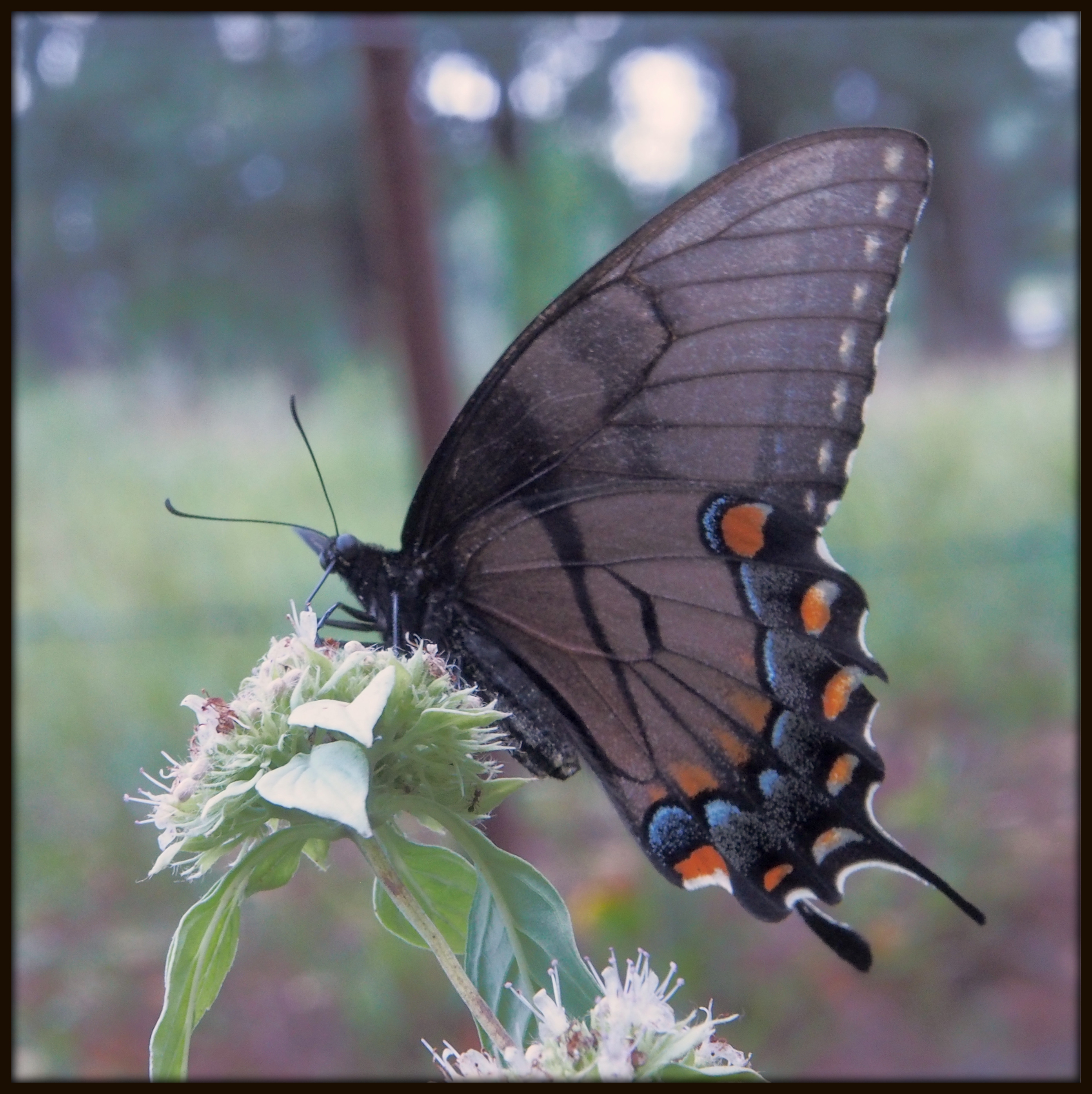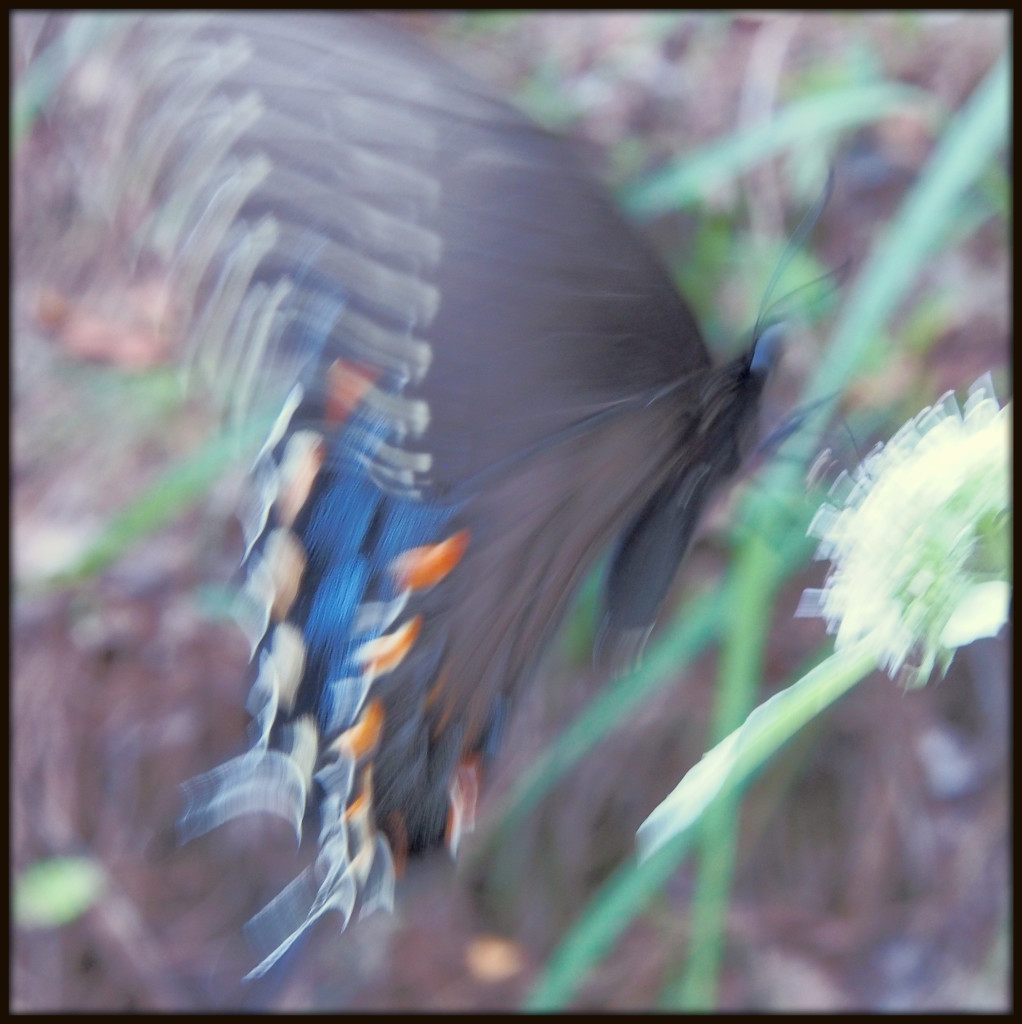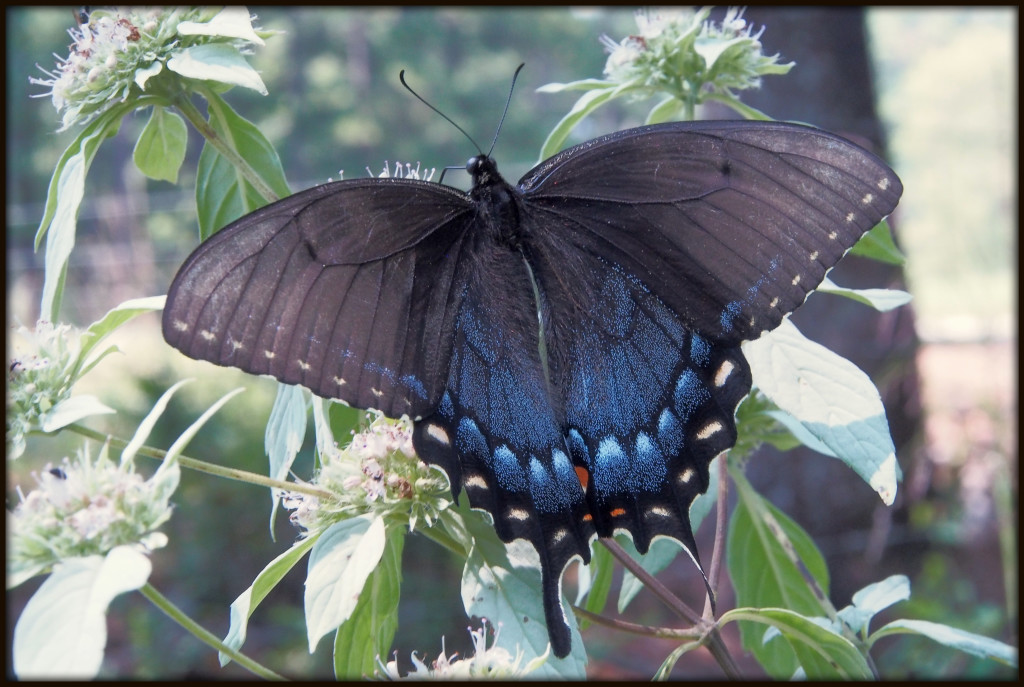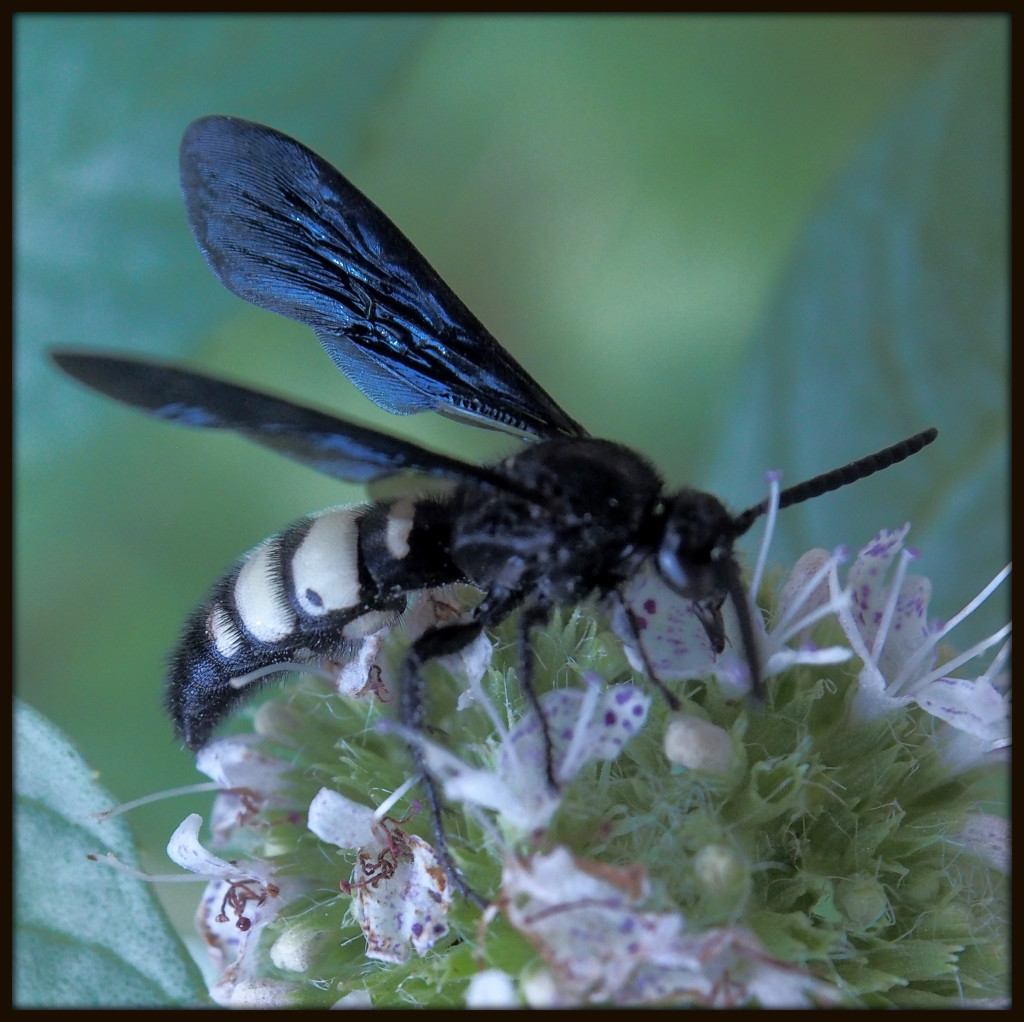This morning, my peripatetic brother sent me a slide show of alpine and subalpine wildflowers he saw on a series of hikes high in the Wasatch Mountains east of Salt Lake City, Utah. Across my screen flashed showy flower heads in a dazzling array of colors, from violet and magenta to brilliant blues and yellows, bearing bold names like Elephant’s Head and Sky Pilot.
There is nothing like that blooming along Piney Woods Church Road right now, and I can’t help from feeling a bit envious. There are still a few bedraggled Daisy Fleabanes, and a scattering of tired Horse Nettles. And then there is the lowly Partridge Pea (Chamaecrista fasciculata), a plant with leaves evocative of the Mimosa tree that bears tiny yellow flowers a few millimeters across, which blossom out of its axils (the angle where the leaf meets the main stem) — roughly akin to humans sprouting flowers out of their armpits. The tiny flower hides itself well, and I had to get down on the dirt and gravel just to photograph one. What this plant loses in showiness, though, I suppose it makes up in sheer variety of common names: sleeping plant, prairie partridge pea, showy partridge pea, prairie senna, large-flowered sensitive-pea, dwarf cassia, partridge pea senna, locust weed, and golden cassia. Plus, according to the USDA, it bears a seed crop that is eaten by many wild animals, from bobwhites to mallard ducks. The plant also provides nectar (from glands at the base of each leaf, not from the flower) that provides a food source for bees in places where other flowering plants may be scarce. And the Common Sulfur Butterfly lays its eggs on the Partridge Pea’s leaves, so that the caterpillar larvae can feed on them. Partridge Pea is often planted for erosion control or as an ornamental. And since the plant is a legume, it also helps improve soil fertility by fixing nitrogen that other plants need.
Maybe it isn’t so lowly, after all.
